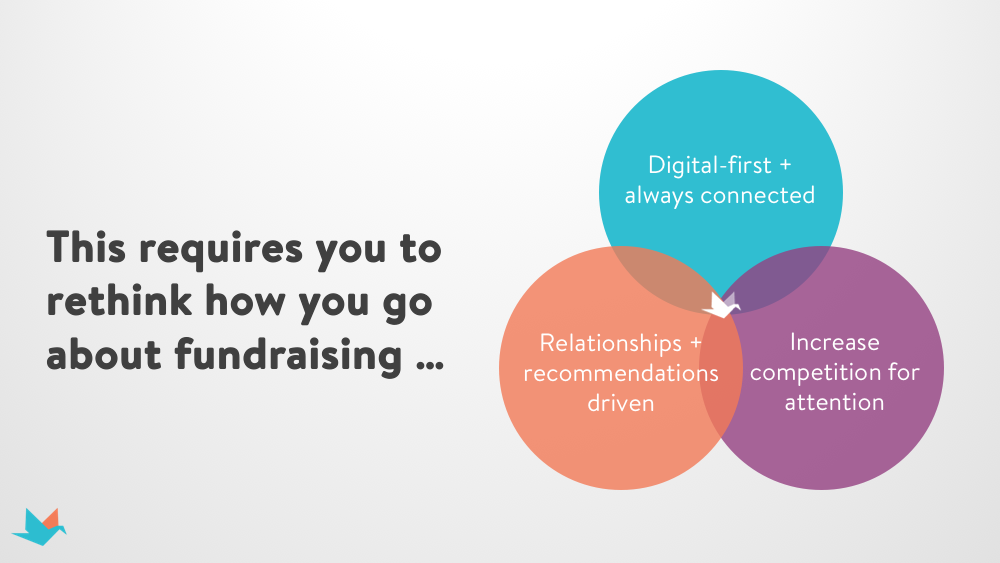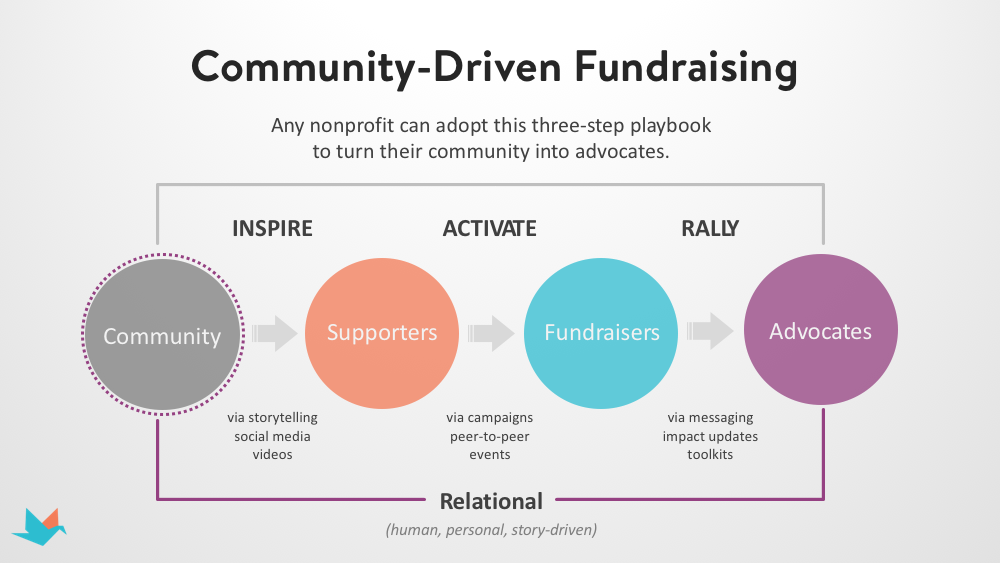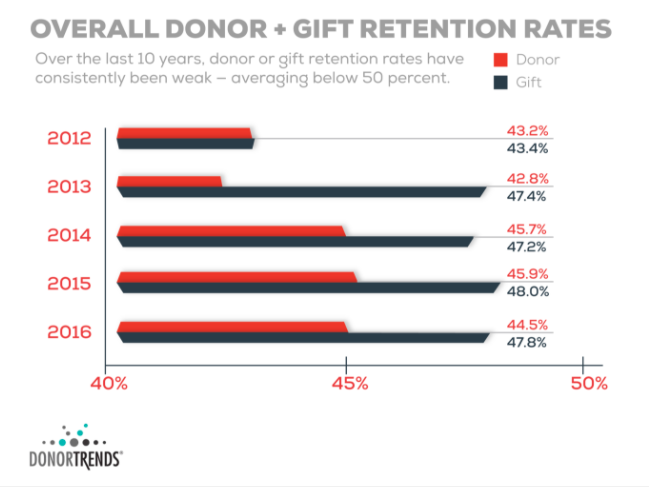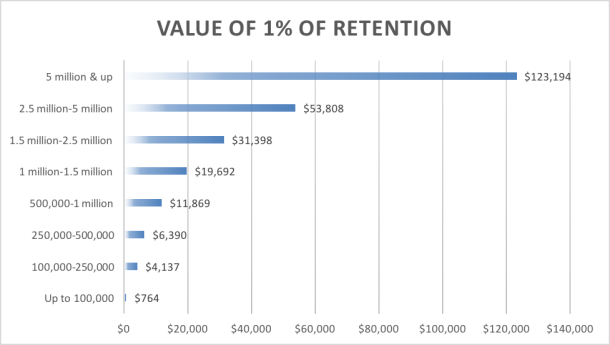Earlier this year, our team decided that this year, we’d prioritize two words “showing up.”
CauseVox Live, an event series which includes fireside chats with partners and customers of CauseVox, who are the brightest nonprofit fundraising professionals, thought leaders, and consultants we know, is part of that commitment.
Last week, our team packed up and headed west to San Francisco to host the first CauseVox Live.
It was a remarkable event that included a panel discussion between CauseVox’s CEO, Rob Wu, an email marketing expert from Campaign Monitor, Allison Wahl, and three fundraisers from SF area nonprofits, AMIGOS and BAYCAT.
During the event, we dug into a broad range of fundraising best practices. However, the conversation continually guided back to these three focus areas:
- Shifts in donor preferences and behavior
- Donor acquisition strategies when attention is finite and competition is fierce
- Practical ways to engage donors and cultivate more valuable relationships
6 Fundraising Best Practices To Help You Increase Donor Retention, Reach New Donors, & Raise More Online
Below are the top fundraising best practices highlighted during the discussion:
- The world we’re fundraising in has changed.
- Fundraising is built on relationships.
- Acquiring new donors isn’t the only way to grow.
- Segmentation shows donors you care.
- Your supporters tell your story best.
- Show impact by decreasing proximity.
1) The World We’re Fundraising In Has Changed
“The world we’re fundraising in has changed and continues changing rapidly.” — Rob Wu, CEO of CauseVox
Rob kicked the discussion off by sharing a story to highlight three shifts in donor preferences and behaviors.
- Donors are digital-first and always connected.
- Donors are relationships and recommendations driven.
- There’s a surplus of opportunities, but donors have finite attention.

Each of these shifts requires fundraisers to rethink their approach, as traditional, direct-response tactics have increasing costs and rapidly declining effectiveness.
However, Rob shared a way forward — community-driven fundraising.
Community-driven fundraising moves away from a spray and pray, mass mailing, email blast playbook and adopts the power of storytelling, supporter advocacy (word of mouth), and peer-to-peer fundraising.

The old fundraising playbook was built on continually increasing reach, which was bought through growing budgets, knowing only 5-10% of people would be convinced to support your cause. The community-driven fundraising playbook is built on trust and loyalty, which is funded by developing relationships.
See how nonprofits of all sizes use CauseVox to create and manage their community-driven fundraising campaigns.
2) Fundraising Is Built On Relationships
Krista Boscoe, Director of Development at AMIGOS, reminded us that Rob’s nudge away from direct-response and toward relationship building isn’t new— relationships have always been the foundation of fundraising.
Krista’s right! As fundraisers, it’s always been our jobs to build relationships with people who have an affinity for our cause. This requires us to diligently identify people who have an affinity for our work, inspire them to become supporters, share the impact of their investments, and then empower them to advocate and expand their impact.
However, we so quickly forget donors are human. We put our fundraising hat on and shift back to treating supporters as a member of a mass list, an email we send blasts to, a row in a spreadsheet, a number in the database.
Krista’s advice to address this, “We need to listen more …”.
This posture ensures we see each supporter as unique and are curious enough to listen to what they’re interested in and hope to do. Then help them do that, even if it means not supporting your organization.
And, this is important, as people are smart and know when they’re treated like humans. It feels different, builds trust and drives up loyalty.
3) Segmentation Shows Donors You Care
So, how do you practically show donors you see them as human?
Allison Wahl, a Product Manager at Campaign Monitor, suggests a first step that she sees her nonprofits that use Campaign Monitor is to leverage donor segmentation.
She shared that donor segmentation, allows you to personalize your follow-up and outreach to the context and state of your relationship you have with various. Though not 100% personalized one-to-one, this effort drastically improves open rates, relevancy of your message to the audience, and the likelihood of a response (e.g., read an impact story, attend an event, support a campaign, or become an advocate).
Each panelist agreed, that segmentation was essential to cultivating stronger relationships with donors and suggested this top-level segmentation as starting points:
- The number of donations: Non-donors, First-time donors, and returning donors each have a different depth of relationship with your organization. Similar to the vast difference between a first date and 10th wedding anniversary date, your tone, voice, and what’s important shifts. Bottom line: date your donors.
- How donors were acquired: It is essential to know where your donors came to you from so that you can tailor messaging to meet them where they are and bridge the gap to where you want them to do or be part of. This is reflected in how you tell stories, share impact, send invites to events, and present opportunities to give again.
- Gift size or donor capacity: Ensuring that you communication volume, tone, and medium align with the capacity of each of your donors is essential.
4) Acquiring New Donors Isn’t The Only Way To Grow
Donor acquisition is a top priority and challenge for most nonprofits our team talks with every week. It’s also the first thing board members recommend focusing on, yet refuse to help with.
Why? New donors help grow impact, fill funding gaps, and provide a dopamine hit. All of this is valuable; however, donor acquisition isn’t the only way to increase your impact.
During the panel discussion, both BAYCAT and AMIGOS expressed that growth is a result of three things:
- Acquiring new donors
- Retaining donors
- Cultivating donors
Too often, we prioritize new donors, neglect current donors, and overlook donors with the potential to grow to become major supporters and advocates.
This is obvious when you look at reports by the Fundraising Effectiveness Project, which reveals the average donor retention rate to be less than 50%. This means half of your donors will never give again and efforts invested in acquiring new donors has a fractured impact.

I’ve seen this first-hand. Within months of joining a nonprofit to help manage and grow their monthly giving program, I realized we had a giant hole in our bucket.
In a world where opportunities are abundant, and attention is finite, it’s more important than ever to deepen your investment in current donors and activate and rally them to be your boldest advocates.
A 1% improvement in donor retention can result in thousands to tens of thousands in new funding to drive impact.

5) Your Supporters Tell Your Story Best
As fundraisers, we know stories have the power to inspire. However, Taylor Martin, Regional Outreach Manager at AMIGOS, shared that they’ve learned that their “supporters tell our story best.”
She emphasized this point by sharing Dorn Wenninger’s story.
Dorn was a previous alumnus of AMIGOS program and is now an essential supporter and advocate of their work. Earlier this year, he decided to do something different, that would provide him a platform to share why he supports AMIGOS and inspire others to join him.
His idea? Running seven marathons in 7 days (see for yourself).
This was a crazy idea. However, that wasn’t what Taylor was highlighting. The power was their supporter taking AMIGOS’ story and sharing it in their own words. She then shared a handful of other supporters that have done similar (less crazy) things, yet inspired others by telling AMIGOS’ story in their own words to friends, family, and their communities.
You can see more of these stories on AMIGOS’ fundraising website they created and managed with CauseVox.
Jessica Pullano, the development director at BAYCAT, echoed this by sharing how they activate supporters during their 2017 year-end campaign to do the same and saw incredible results. “Hearing our story told through our supporters is inspiring … it also helped us raise more online and further fund our programs.”
6) Show Impact By Decreasing Proximity To Impact
This discussion around stories led us to finish our conversation by talking through the importance of “showing impact” as an essential attribute of your donor engagement cycle.
For context, the donor engagement cycle is the repetitive process your supporters go through as they learn about and are inspired by your cause, become supporters, receive acknowledgment and see the impact. Being intentional about how your organization cultivates and guides supporters through this process will drive long-term value and increase donor retention.
The last step of this cycle is showing impact. The mistake we make is assuming our “thank you for your contribution; it will make a difference” is enough. According to the Fundraising Effectiveness Project, 22% of donors do not give again due to poor or lack of communication and connection with the organization.
I asked each of our nonprofit panelists how they show the impact to supporters in a way that doesn’t just tell them but makes them feel the difference they are making through their support.
Though different in application, both AMIGOS and BAYCAT shared that you must reduce proximity between the supporters and the impact. Lowering the relative distance between where your supporters are and the point of impact.
So, what does this look like?
For BAYCAT, they approach this in two different ways: personally inviting supporters to visit their studios and sharing stories of one.
Jessica shared that they try to create opportunities for their supporters to get as close to the impact their making as they can. This means inviting them to visit BAYCAT’s studios so they can meet the kids in the program. “It’
When they run fundraising campaigns or present opportunities to support their work, they always showcase stories of beneficiaries. During their year-end campaign, they shared Angela King’s personal story to showcase why BAYCAT exists:
“… Before coming to BAYCAT, Angela had big dreams about one day being a superstar. Think: Beyonce. Unfortunately, she had no idea how to make that dream a reality. At 11 years old, she walked through BAYCAT’s doors, admittedly introverted and unable to look anyone in the eyes. Immediately she realized that BAYCAT was going to be really special. “I knew this was a place where I’m comfortable being me”, she says … “
This story is honest and showcases the promise and proof of their mission, inspiring their community to become supporters and activating supporters to be advocates.
Similarly, AMIGOS focuses on sharing videos of their work, which include personal stories that highlight the benefits and outcomes of their work. However, they emphasize the importance of sharing stories that are worth sharing.
This ensures that your stories aren’t just intended to inspire someone to action, but also empowering them to share your story with their friends, family, and community, further expanding opportunities to inspire people to become supporters of AMIGOS.
Wrap-Up
The discussion throughout CauseVox Live San Francisco covered a lot of ground, however, the key fundraising best practices were reminders of first principals:
- Your donors shape your fundraising
- Fundraising is built on relationships
- Donor acquisition, retention, and cultivation are essential for growth
- Our donors are the heroes. It’s our role to thank them and show them the impact they’re having
Each of these isn’t “new” or “innovative”, yet should be continued priorities as you fundraise this year. These fundraising best practices will help you activate your current supporters, reach new donors, and ultimately grow your impact.




